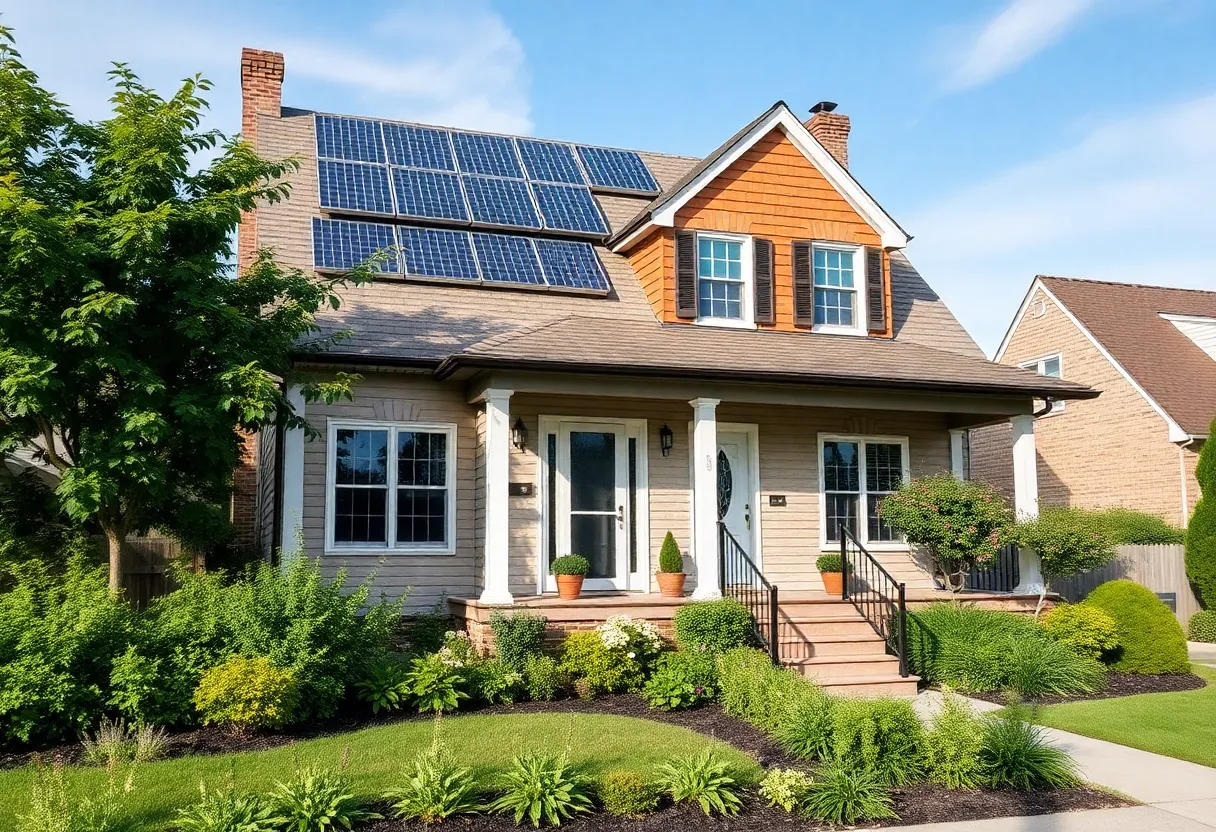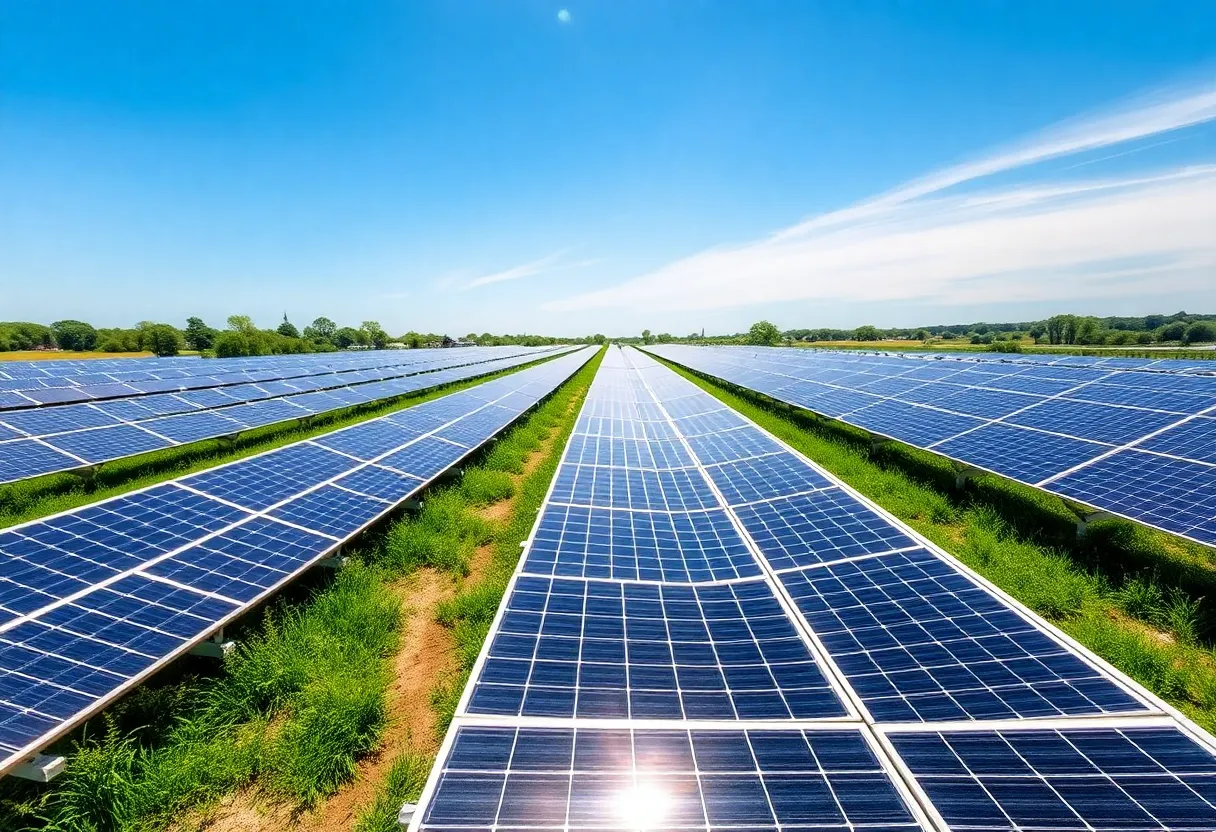What Are the Best Techniques for Planning an Eco-Friendly Home Renovation?
Prioritize Sustainable Materials and Resources
Choosing eco-friendly materials is fundamental to minimizing environmental impact during home renovations. Opt for renewable, recyclable, or locally sourced supplies. For example, bamboo flooring offers rapid renewability, while reclaimed wood reduces demand for new timber.
Using low-VOC (volatile organic compound) paints and finishes improves indoor air quality and reduces harmful emissions. Cork, linoleum, and recycled metal are also sustainable options. Consider sourcing materials from local vendors to decrease transportation emissions and support regional economies.
Invest in energy-efficient insulation materials like sheep’s wool, cellulose, or hemp. These materials not only reduce energy demands but also often possess better longevity and health-compatibility.
Conduct a Comprehensive Energy Audit
Identify Energy Loss Points
Performing an energy audit helps pinpoint where energy is lost, guiding targeted improvements. Use tools such as blower door tests and infrared cameras to detect leaks around windows, doors, and walls.
Implement Targeted Upgrades
Address identified issues by sealing leaks, installing high-quality insulation, and replacing outdated windows with double or triple-pane, energy-efficient models. These upgrades substantially decrease heating and cooling needs, leading to lower carbon footprints.
Incorporate Renewable Energy Solutions
Solar Power Installations
One of the most impactful eco-friendly techniques is integrating renewable energy sources. Solar photovoltaic panels can be mounted on roofs to generate electricity, potentially eliminating reliance on fossil fuels.
Assess the home’s solar potential—shaded areas, roof orientation, and tilt are critical factors. Consider investing in battery storage systems to maximize energy use and stability.
Other Renewable Technologies
Depending on geographic location, wind turbines, solar thermal collectors for water heating, and small-scale geothermal systems may be feasible options. These solutions further reduce reliance on non-renewable energy sources.
Optimize Water Usage and Conservation
Reducing water consumption decreases the energy needed for water heating and transportation. Install low-flow fixtures such as aerated showerheads, faucets, and dual-flush toilets.
Design rainwater harvesting systems for outdoor irrigation and graywater recycling for toilet flushing or laundry. These practices not only conserve water but also decrease municipal runoff and wastewater treatment burdens.
Design for Energy Efficiency and Comfort
Strategic Layout and Orientation
Plan the home’s layout to maximize natural light and cross-ventilation. Orient living spaces toward the sun to harness passive solar heating and reduce lighting and heating energy demands.
Passive Design Techniques
Use shading devices like overhangs or deciduous trees to block summer heat while allowing sunlight in winter. Incorporate thermal mass materials such as concrete or adobe to absorb and slowly release heat, stabilizing indoor temperatures.
Implement Smart Home Technologies
Modern automation systems can significantly improve energy efficiency. Smart thermostats adjust heating and cooling based on occupancy patterns, minimizing waste.
Integrate lighting controls, such as motion sensors and dimmers, to reduce unnecessary electricity use. Monitor energy consumption through home energy management systems for ongoing efficiency improvements.
Adopt Circular and Zero-Waste Strategies
Design renovation processes around minimizing waste. Sort debris for recycling or reuse wherever possible.
Make use of modular, adaptable designs allowing future alterations without requiring extensive demolition. Such approaches extend the lifespan of the home, reducing environmental impact over time.
Involve Certified Green Building Professionals
Partner with architects, contractors, and designers specializing in sustainable construction. Their expertise ensures that eco-friendly principles are embedded throughout the project.
Certifications like LEED (Leadership in Energy and Environmental Design) or WELL Building Standard can serve as benchmarks for sustainable quality, guiding decisions on materials, energy, water, and community impacts.
Plan for Durability and Low Maintenance
Invest in high-quality, durable materials that remain functional over time with minimal interventions. This reduces the necessity for frequent replacements and waste generation.
Design systems that are easy to access and maintain, such as cleanable filters for HVAC systems or modular roofing elements. Ensuring longevity decreases overall environmental impact.
Incorporate Green Certification Goals
Set sustainability targets aligned with recognized standards. Achieving certifications not only validates eco-friendly efforts but can also enhance property value and appeal.
Guidelines include energy efficiency, water conservation, indoor air quality, and sustainable site development. Early planning of these aspects streamlines certification processes.
Utilize Lifecycle Cost Analysis
Assess costs over the entire lifespan of materials and systems rather than initial expenses alone. Eco-friendly solutions may have higher upfront costs but often lead to significant savings in energy and maintenance.
This approach encourages choosing options that offer the best environmental and financial return over time, aligning sustainability with economic prudence.
Summary of Practical Techniques for a Green Home Renovation
- Prioritize sustainable, locally sourced, and low-impact materials.
- Perform energy audits to identify efficiency opportunities.
- Harness renewable energy sources like solar or wind power.
- Implement water-saving fixtures and rainwater harvesting.
- Design with passive solar principles and optimal home orientation.
- Use smart technologies to control and monitor energy use.
- Minimize waste via recycling, reuse, and durable design choices.
- Engage green building professionals for expert guidance.
- Ensure design choices prioritize durability and low maintenance.
- Strive to meet green building certifications for added standards.
- Evaluate lifecycle costs to optimize long-term sustainability.
Final Thoughts
Planning an eco-friendly home renovation demands a holistic approach. It incorporates technical, environmental, and economic considerations. Each decision—from material selection to energy management—contributes to a more sustainable living environment.
By integrating these techniques, homeowners can reduce their ecological footprint while enjoying the benefits of lower operating costs, healthier indoor environments, and increased home resilience and value.
Author: STAFF HERE NEW YORK WRITER
The NEW YORK STAFF WRITER represents the experienced team at HERENewYork.com, your go-to source for actionable local news and information in New York, the five boroughs, and beyond. Specializing in "news you can use," we cover essential topics like product reviews for personal and business needs, local business directories, politics, real estate trends, neighborhood insights, and state news affecting the area—with deep expertise drawn from years of dedicated reporting and strong community input, including local press releases and business updates. We deliver top reporting on high-value events such as New York Fashion Week, Macy's Thanksgiving Day Parade, and Tribeca Film Festival. Our coverage extends to key organizations like the Greater New York Chamber of Commerce and United Way of New York, plus leading businesses in finance and media that power the local economy such as JPMorgan Chase, Goldman Sachs, and Bloomberg. As part of the broader HERE network, including HEREBuffalo.com, we provide comprehensive, credible insights into New York's dynamic landscape.





